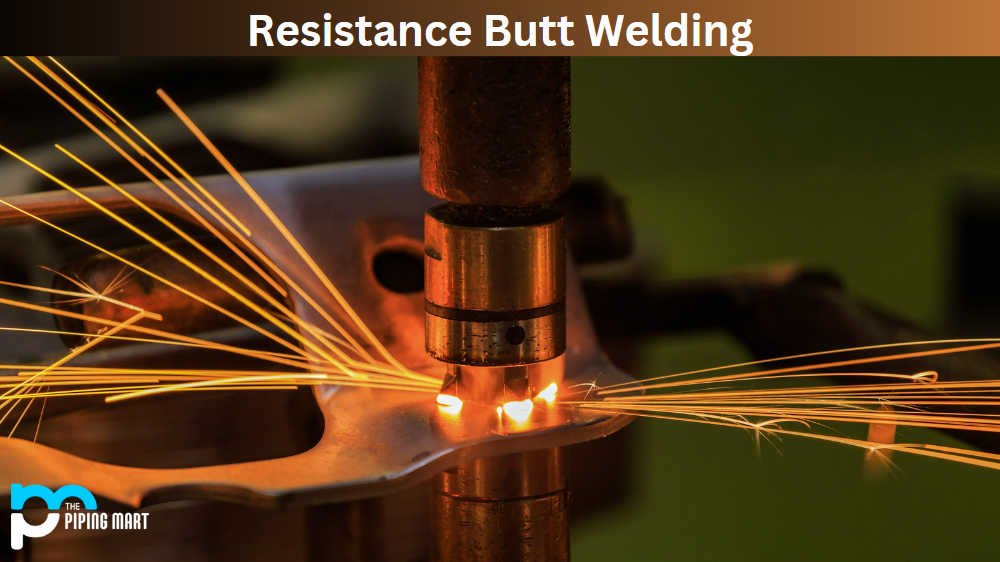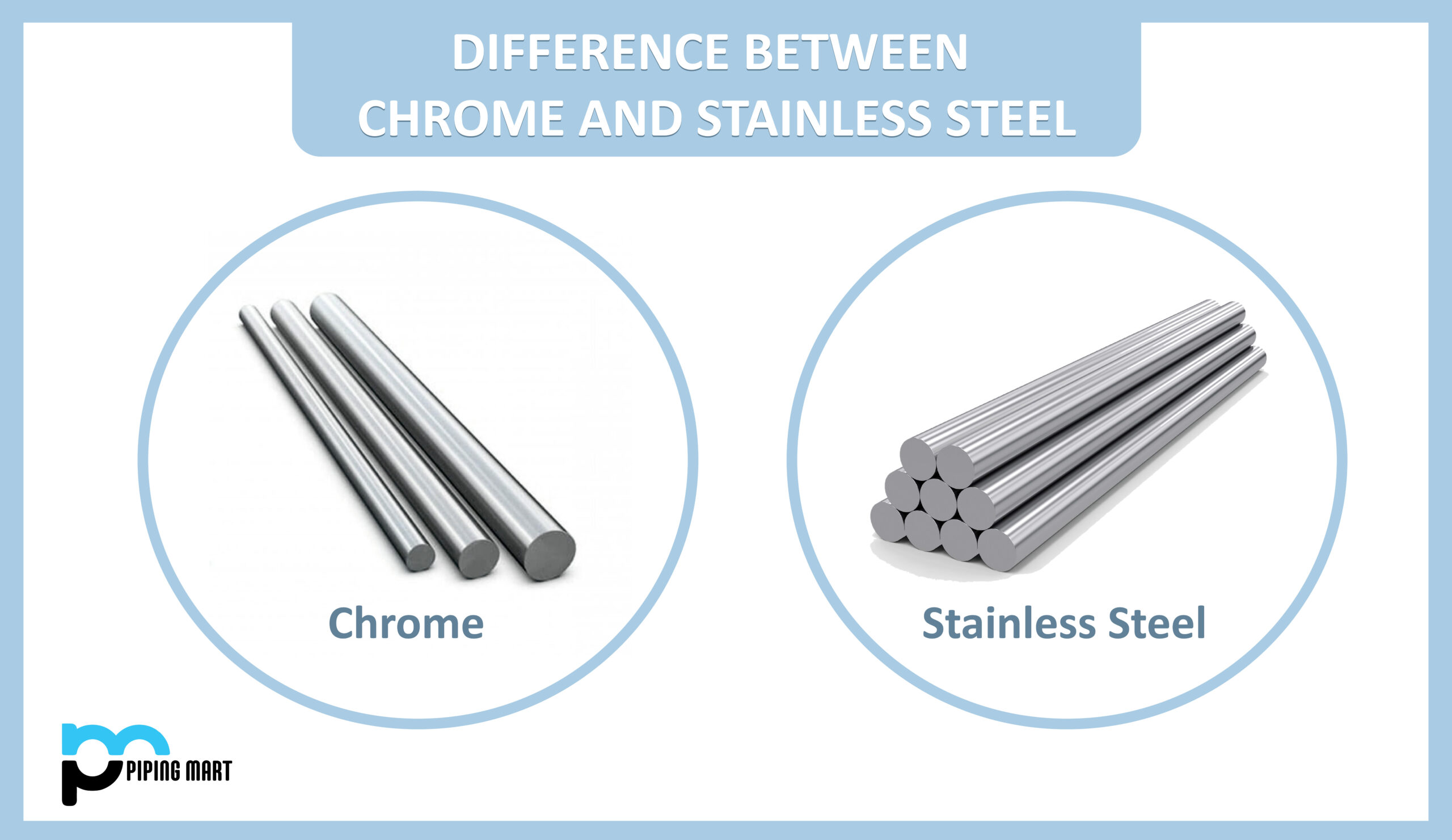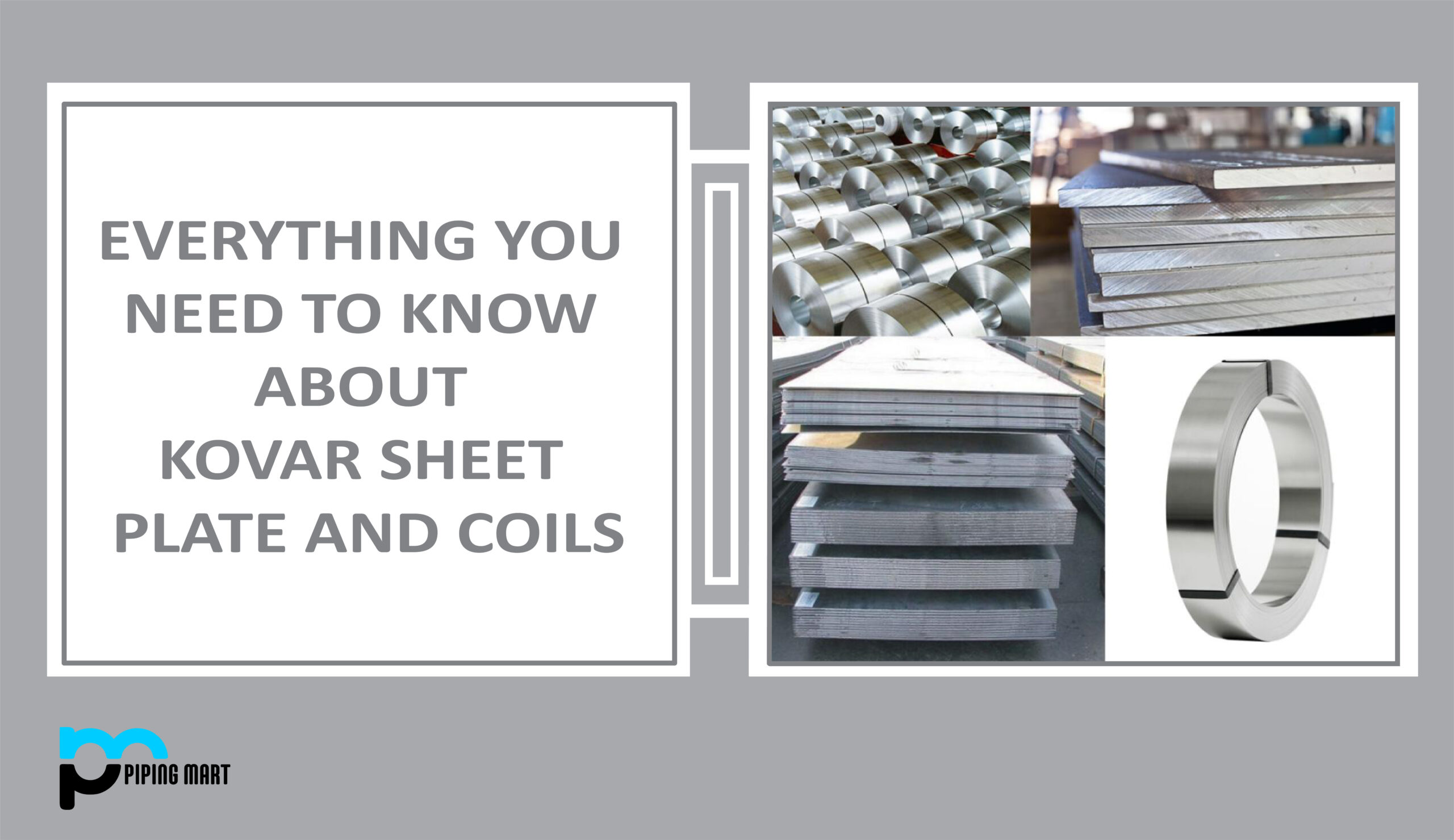When forming metal sheets into the precise shape and size needed for parts used in their products, industries use precision metal stamping. These goods are utilised in a variety of industries, including automotive, aviation, industrial engineering, defence, electrical and electronics, and so on.
What is precision metal stamping?
The process of precision metal stamping combines a number of processes, including stamping, folding, drawing, and piercing. Depending on the components being stamped, it may be a single operation or a string of operations.
For the manufacture of a wide range of products, precision metal stamping is frequently used. Precision metal stamping is currently at the forefront of production due to the increasing need for precision metal parts across a variety of sectors, including the medical, automotive, and aerospace industries. This is due to the fact that it provides a high level of design flexibility for specifying and implementing tiny features with precise tolerances and distinctive configurations.
Materials used in precision metal stamping
- Precious Metals – Platinum, silver, and gold. Although this sort of metal is costly, several businesses still use it extensively for their needs.
- Ferrous metals – These include alloys based on iron, like stainless steel. They are the most often utilised materials in stamping operations due to their low cost and reduced unit production pricing.
- Non-ferrous metals – brass, zinc and bronze
- Specialty metals – Nickel and titanium This particular alloy is created specifically for certain uses.
Advantages of precision metal stamping
When handling the manufacturing of accurate metal parts, precision stamping excels. Once the tools and dies are in place, the procedure can be fully automated.
- Consistent quality and accuracy – The manufacturing of extremely accurate parts to the high degree of accuracy required in many sectors today is made possible by precision metal stamping.
- Cost efficiency in production – Precision metal stamping is a viable option for high-volume manufacture of complex parts because labour costs decrease as production levels rise.
- Automated – Stamping can be done more quickly and with less likelihood of human error by automating the process.
- Problem solving – While some stamping businesses might not be able to provide the accuracy required for complex tasks like connectors or electronics, microstampers using precision technology can. It will save time if a complex project is first assigned to a microstamping business rather than another one more suited to larger, higher-tolerance metalworking.
Considerations when using precision metal stamping techniques
- First, when creating the finished product, accuracy is essential. The right requirements must be used to build prototype designs in order to reduce mistakes, flaws, and deformations that could compromise the product’s usefulness when it is finally put to use as well as its strength and integrity throughout manufacturing.
- Second, it’s crucial to understand the properties and behaviours of the materials that are used for precision stamping. When compressed, heated, and subjected to other conditions during the stamping process, metals (such as stainless steel, aluminium, copper, brass, and specialty metals) and plastics respond differently.
- Third, selecting the precision stamping methods that are most appropriate for the component being created is a crucial choice. Working with a precision metal stamping partner who has the required industry knowledge can ultimately help you achieve your goals and desired results.
Thus, an example of a process where blank metal sheets are punched from cold-rolled, hot-rolled, or extruded material and shaped to create precise dimensional tolerances is precision metal stamping. For businesses that need to quickly produce complicated forms and goods, precision metal stamping is one of the most economical methods.

Pipingmart is B2B portal specializes in industrial, metal and piping products. Also, share latest information and news related to products, materials and different types grades to help business dealing in this industry.




